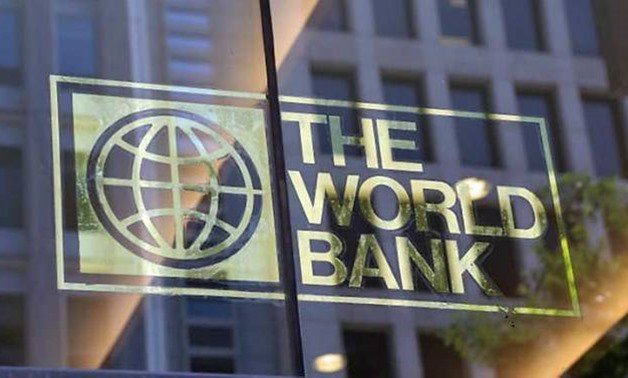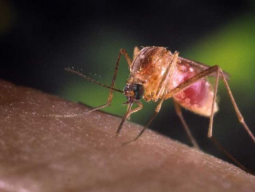
The Washington-based lender's decision to downgrade the project form "moderately satisfactory" to "moderately unsatisfactory" suggests that the government of Punjab Chief Minister Usman Buzdar was not taking Prime Minister Imran Khan's clean and green initiative seriously.
The World Bank compiled the fourth Implementation Status and Results Report of the Punjab Green Development Programme in November - the month PM Imran launched the Clean Green Pakistan Index (CGPI) as part of the Pakistan Tehreek-e-Insaf (PTI) government's efforts to control pollution and reduce the drastic effects of climate change.
The provincial government has failed to implement the programme amid rapidly increasing environmental degradation, resulting in extremely poor air quality in the provincial capital.
Green Pakistan Project (GPP) awaits third-party validation
The World Bank report showed that due to the poor outcome against the programme targets, financial disbursements also remained at only $23.8 million, which was equal to just 12% of the total loan of $200 million.
The bank had approved the loan in May 2018 for the project that has a total span of five years. However, the results of the past one and a half year showed that the situation on the ground remained almost unchanged, showed the official report.
Key objectives of the World Bank financing were strengthening environmental governance and promoting green investments in Punjab.
The implementation status report underlined that though the loan became effective on May 29, 2018, the programme implementation was formally launched in November 2019.
In September last year, the provincial government arranged first-ever International Conference and Exhibition on Environment where international experts discussed Punjab's air pollution issues by sharing experiences from China, the US and the United Kingdom.
"The project implementation progress has slowed," noted the fourth implementation status and results report. However, it added that a list of actions to be implemented in the coming months has been agreed during the December 2019 mission.
It is expected that timely implementation of these actions will improve implementation performance of the programme in 2020, it added.
The next implementation support mission is tentatively planned for February.
There were 10 disbursement-linked indicators which were required to be met for the release of $137.6 million during the course of the implementation period. However, only one disbursement-linked indicator that the provincial government achieved was the approval of policy for controlling smog, which paved the way for the release of $3.44 million in loan.
There was no progress on the remaining nine indicators and deadlines for the first year out of the five-year plan were missed. The Punjab government could not approve the Environment Protection Department's (EPD) restructuring plan, which blocked the release of $3.44 million.
Similarly, the Punjab government missed the targets for improving the EPD capacity, which resulted in blocking of $10.3 million. The targets related to the monitoring of air and water quality were also missed that delayed disbursement of $20.64 million.
The targets related to the disclosure of environment-related information and citizen engagements ($13.7 million) and sound management of plastics ($6.9 million) could not be met.
The indicators related to energy efficiency investments, vehicle compliance with emission standards, green investments by polluting industries and mobilisation of sustainable green finances also could not be achieved, according to the World Bank.
A 2018 assessment of the bank stated that pollution was responsible for the major health costs and risks, like an increase in traffic accidents due to smog for residents of the province. It was also slowing productivity in sectors such as leather, transport and agriculture.
Before the World Bank lending, there were only six monitoring stations operational for air quality monitoring and the target is to increase the number to 30 in 2023. However, the figure remained unchanged by the end of 2019.
Green initiative: Govt to offer over 5,000 sites for tree plantation in Sindh
Despite a lapse of one and a half year, there is no monitoring station operational for water quality monitoring and the Punjab government has promised to set up 15 stations by 2023.
The Planning and Development Department of Punjab is still reviewing the PC-I of the project to set up air and water quality monitoring stations.
There are no regulations for private motor vehicle inspections and certifications. The bank said there was no policy in place in Punjab to manage plastics.
Published in The Express Tribune, January 11th, 2020.
Like Business on Facebook, follow @TribuneBiz on Twitter to stay informed and join in the conversation.














1710998259-0/pti-(1)1710998259-0-270x192.webp)


























COMMENTS
Comments are moderated and generally will be posted if they are on-topic and not abusive.
For more information, please see our Comments FAQ